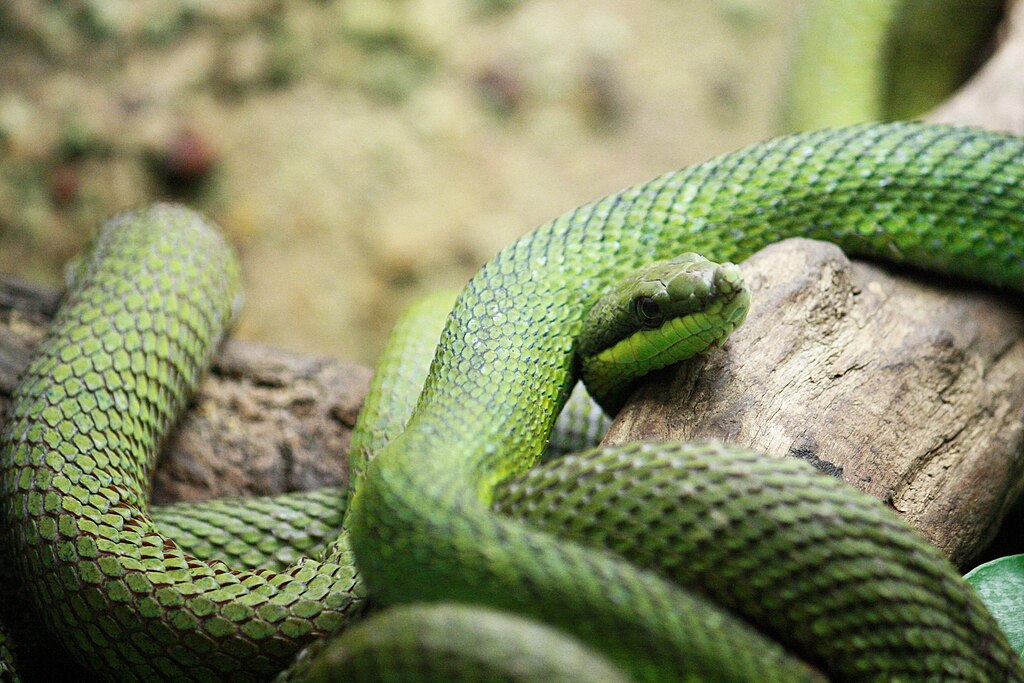Reptiles, particularly snakes, communicate their emotions and physical states in ways dramatically different from mammals. Unlike dogs that wag their tails or cats that hiss when upset, snakes display discomfort through subtle behavioral cues that can easily be missed by inexperienced handlers or observers. Recognizing these signs is crucial not only for snake owners but also for wildlife enthusiasts who might encounter these fascinating creatures in natural settings. By understanding what causes snake discomfort and how they express it, we can better respect their boundaries, prevent stress-related health issues, and avoid potentially dangerous defensive reactions. This article explores five key signals that indicate a snake is feeling uncomfortable, providing insight into the nuanced body language of these often misunderstood reptiles.
Understanding Snake Communication Basics
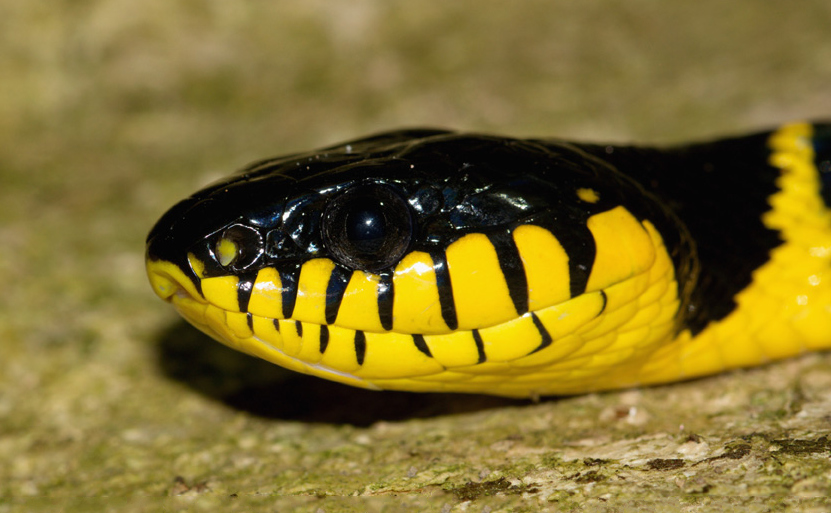
Snakes lack the facial expressions and vocalizations that make mammalian communication relatively straightforward to human observers. Their communication system relies primarily on body positioning, movement patterns, and subtle physiological changes that have evolved over millions of years. These signals serve multiple purposes in their natural environment, from attracting mates to warning potential predators. When in captivity or during human encounters, these same communication mechanisms are repurposed to express discomfort, fear, or stress. The reptilian nervous system operates differently from mammals, meaning their responses to stimuli may seem delayed or less obvious to us. Understanding this fundamental difference forms the foundation for correctly interpreting the subtle signals that indicate a snake is not at ease with its current situation.
Rapid Tongue Flicking
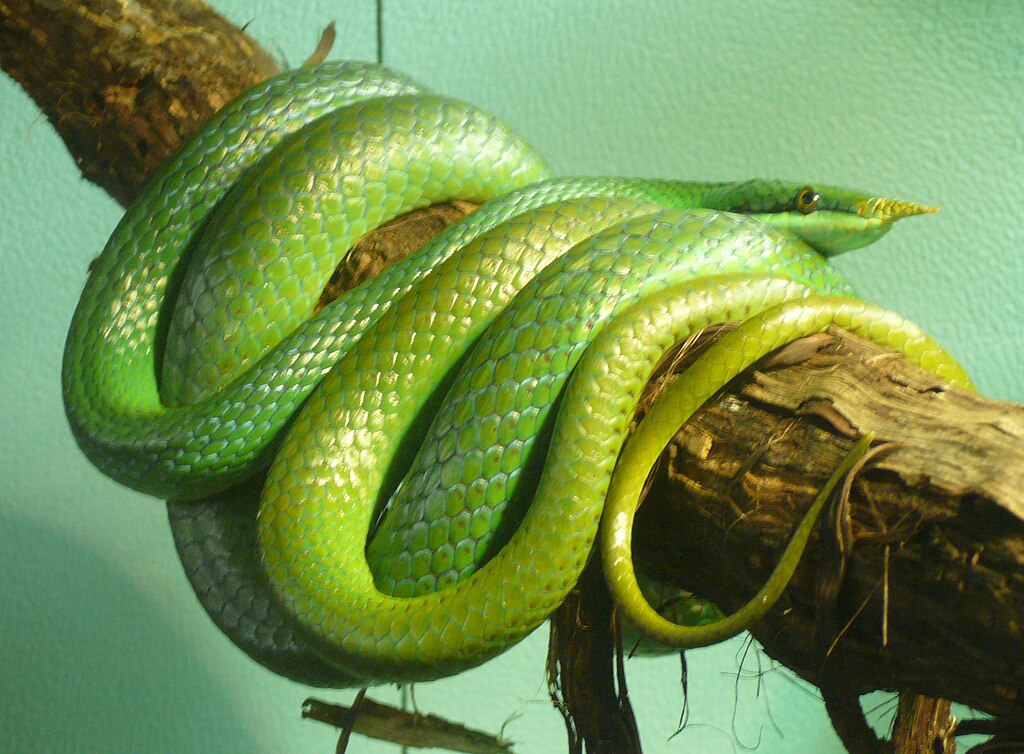
While tongue flicking is a normal snake behavior used to gather environmental information through their vomeronasal organ (Jacobson’s organ), an increase in frequency can signal distress. Normal exploratory tongue flicking tends to be rhythmic and measured, whereas a snake experiencing discomfort may dart its tongue in and out rapidly and erratically. This heightened sensory gathering indicates the snake is attempting to process potential threats or unfamiliar elements in its environment that are causing concern. The difference can be subtle—perhaps going from one flick every few seconds to multiple flicks per second. This change is particularly notable if it occurs in conjunction with a sudden environmental change, such as the introduction of a new scent, a handling session, or the presence of unfamiliar people near the enclosure.
Tightening Body Posture
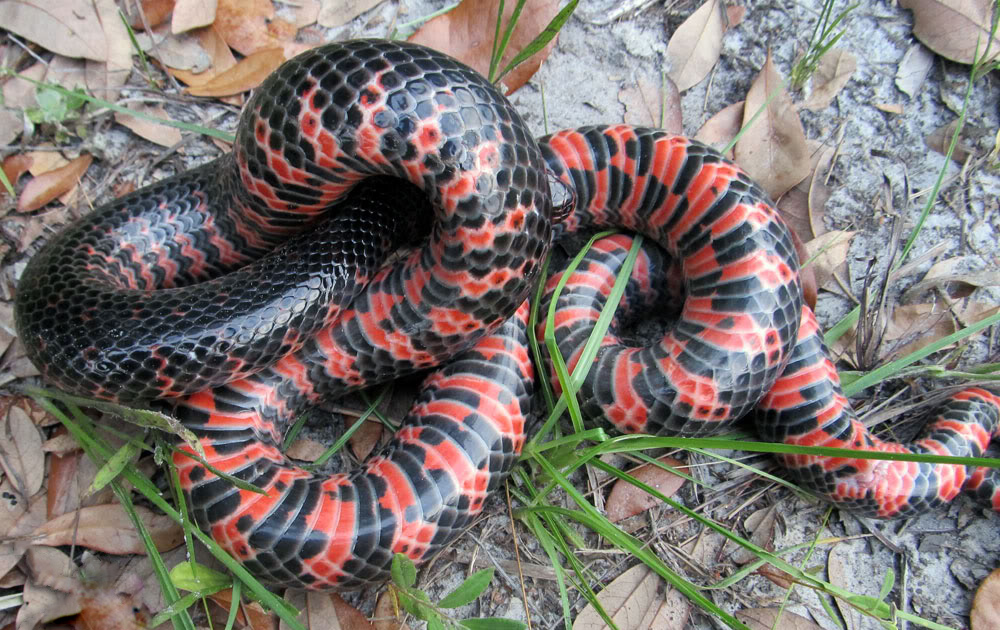
A comfortable snake typically displays a relaxed body posture with smooth, flowing curves when resting or moving. When discomfort sets in, many species will noticeably tighten their muscle tone, creating a more rigid appearance with sharper angles in their body position. This tensing is the snake’s physiological preparation for potential defensive action—similar to how humans might tense up when anxious or preparing for a confrontation. Ball pythons, for instance, may form tighter-than-usual balls, while normally active species like corn snakes might freeze with their bodies held in unusual positions. This muscle tension serves as an energy-conservation strategy, allowing the snake to remain ready to flee or defend itself while minimizing movement that might attract a predator’s attention.
Unusual Breathing Patterns
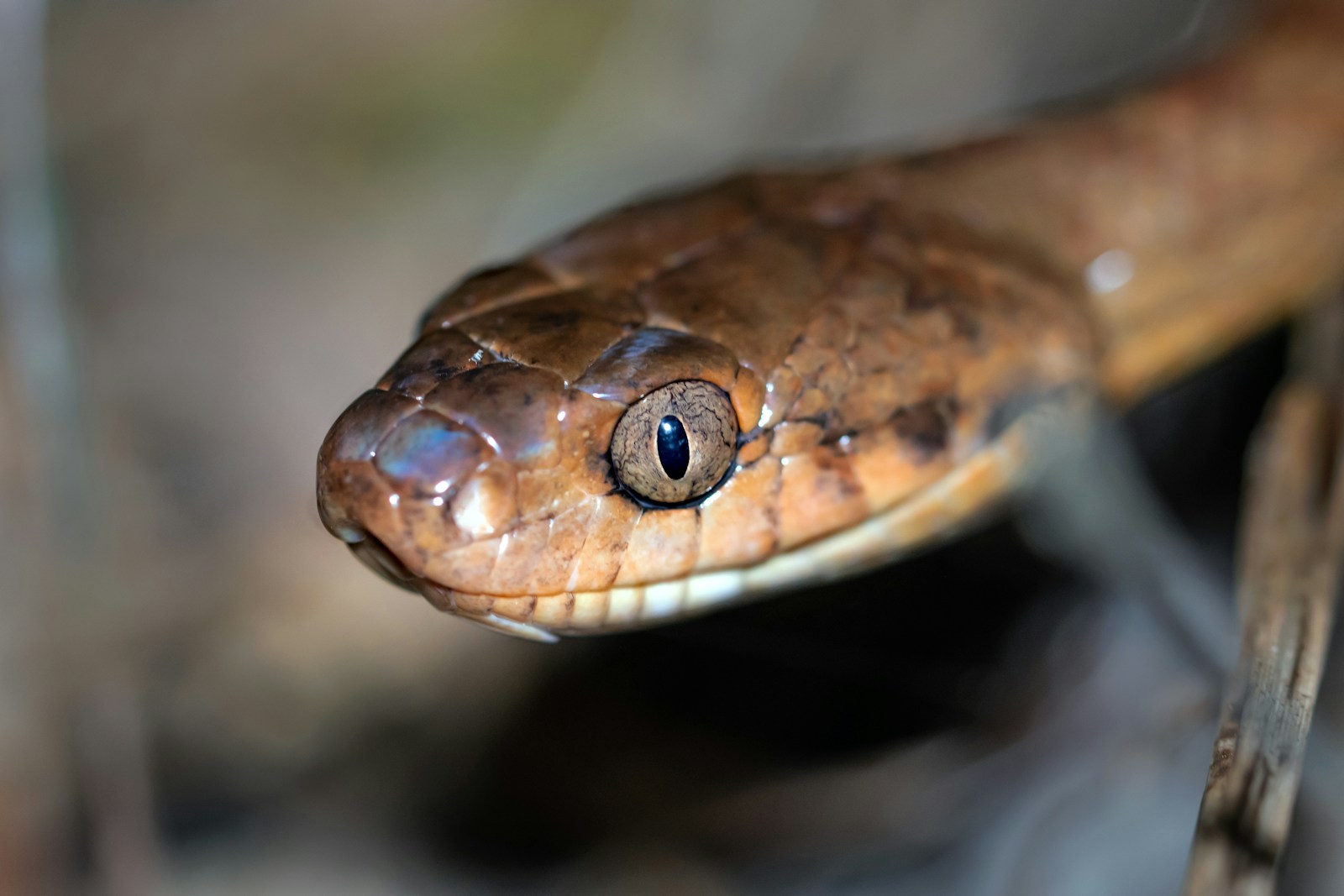
Snakes typically breathe in a slow, barely perceptible manner when at rest and comfortable. A distinct sign of discomfort manifests as noticeable changes in breathing patterns, including rapid or labored breathing where the sides of the snake visibly expand and contract more dramatically than usual. This respiratory response is similar to the way mammals might pant when stressed, though it generally appears more subtle to human observers. Some distressed snakes may even open their mouths slightly while breathing—an action called “gaping” that should not be confused with the wider mouth opening of a defensive display. These breathing changes reflect the snake’s sympathetic nervous system activation (their version of the “fight or flight” response) and indicate significant physiological stress that should not be ignored, as prolonged respiratory distress can lead to health complications.
Retreating or Hiding Behavior
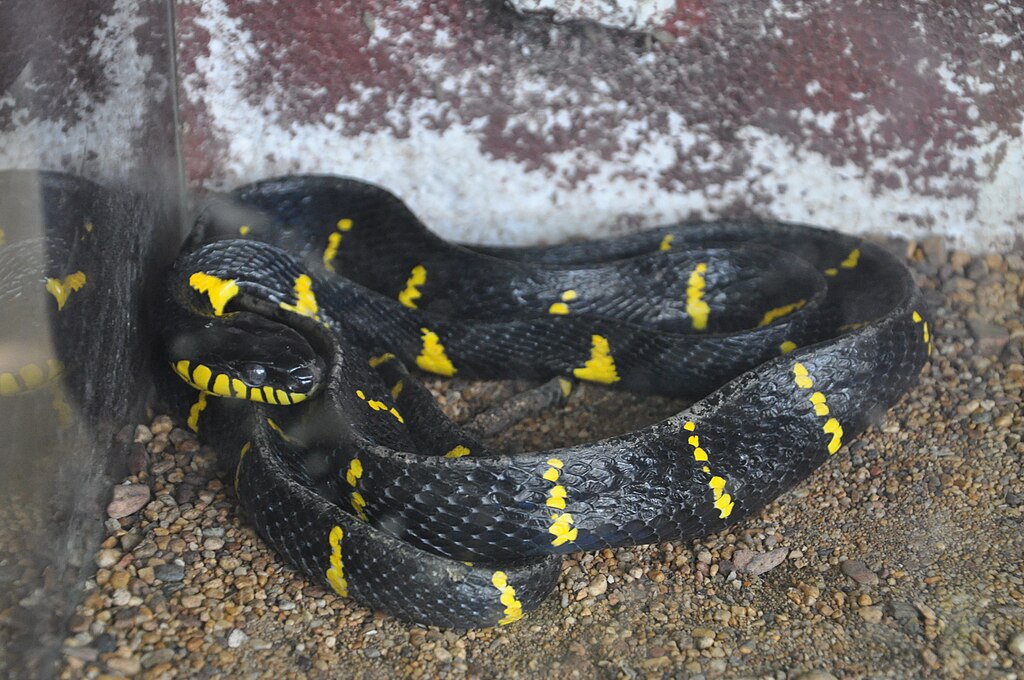
When feeling uncomfortable, most snake species will attempt to remove themselves from the perceived threat rather than immediately becoming defensive. This manifests as a clear effort to increase distance between themselves and the stressor, whether by slowly moving away or making quick retreating movements. Captive snakes might suddenly dive under substrate, press themselves against the far side of their enclosure, or urgently seek shelter in hide boxes. Wild snakes encountered outdoors may retreat underneath available cover or attempt to flee the area entirely. This avoidance behavior represents the snake’s first-line defense strategy and should be respected as a clear communication that the animal desires space. Continuing to pursue or handle a snake showing retreating behaviors can escalate its stress response to more defensive tactics.
Changes in Head Position
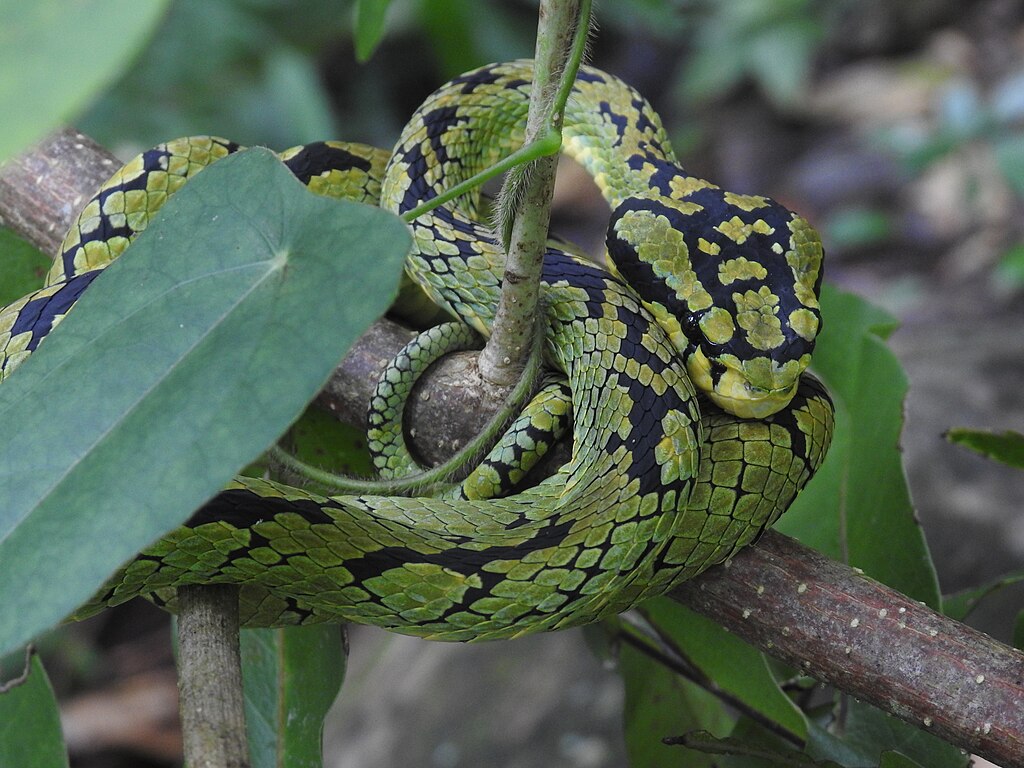
A subtle but telling indicator of snake discomfort can be observed in changes to head positioning and movement. A comfortable snake typically holds its head in line with its body or slightly raised during normal exploration. When discomfort begins, many species will lower their head closer to the ground while raising the middle portion of their body slightly—creating an S-shaped curve that prepares them for quicker movement if needed. Some species may flatten their head slightly to appear larger or more threatening. More extreme discomfort might be indicated by the snake tucking its head underneath coils of its body or pressing it firmly against the ground or a surface. These head position changes often precede more obvious defensive behaviors and represent an important early warning signal that the snake is becoming stressed.
The Significance of Tail Movements
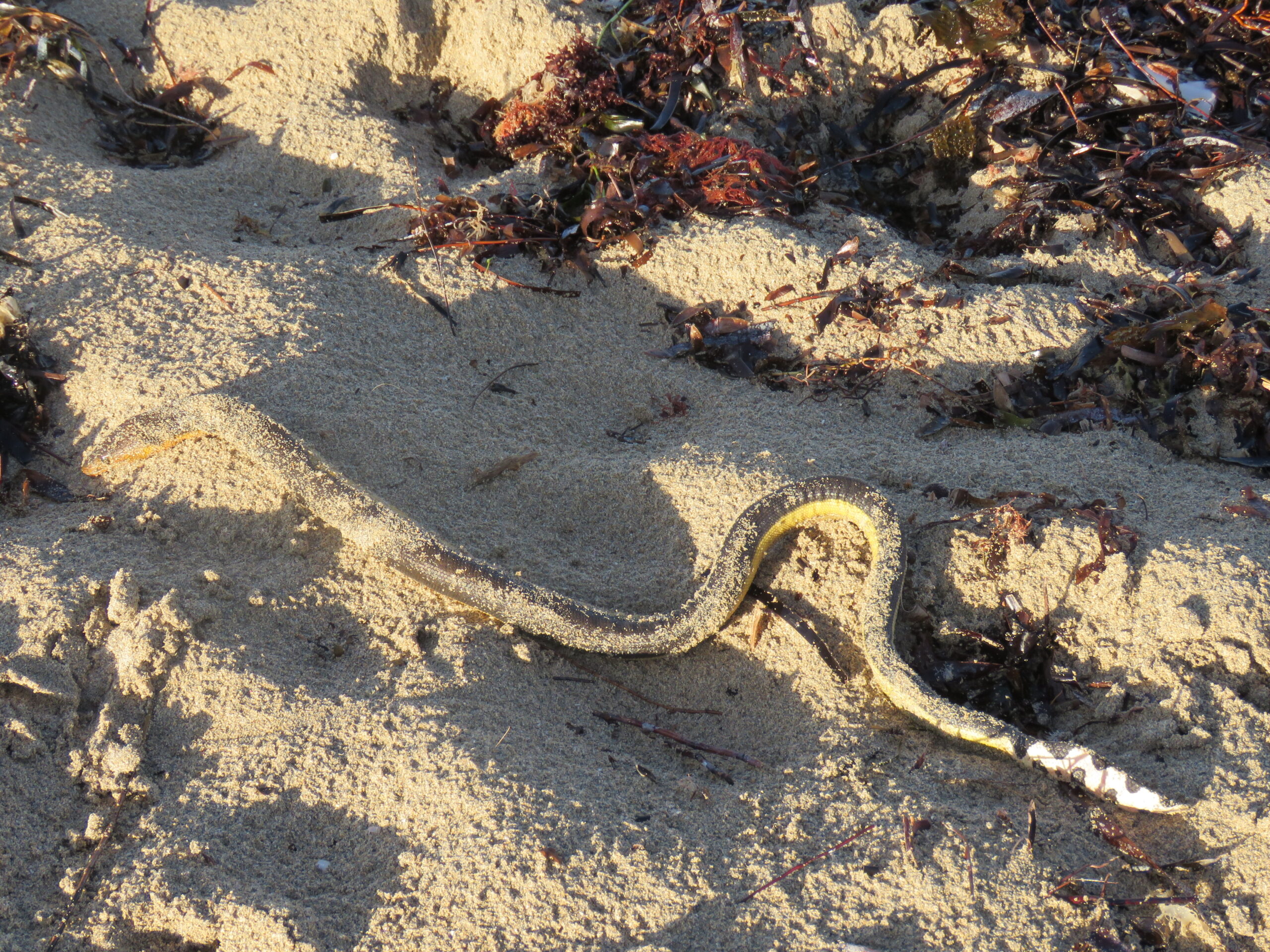
While rattlesnakes are famous for their tail-based warning system, many non-venomous snake species also use tail movements to communicate discomfort. A previously calm snake that suddenly begins rapidly vibrating or twitching its tail against the ground or nearby objects is displaying a clear sign of agitation. This behavior mimics the warning sound of rattlesnakes and evolved as a defensive bluff that potential predators might associate with danger. Some species like rat snakes and corn snakes are particularly prone to this tail-rattling behavior when feeling threatened. The intensity and duration of tail movement often correlates with the level of perceived threat—subtle vibrations might indicate mild concern, while vigorous, sustained rattling suggests significant distress that could escalate to more defensive behaviors if the stressor isn’t removed.
Defensive Body Positioning
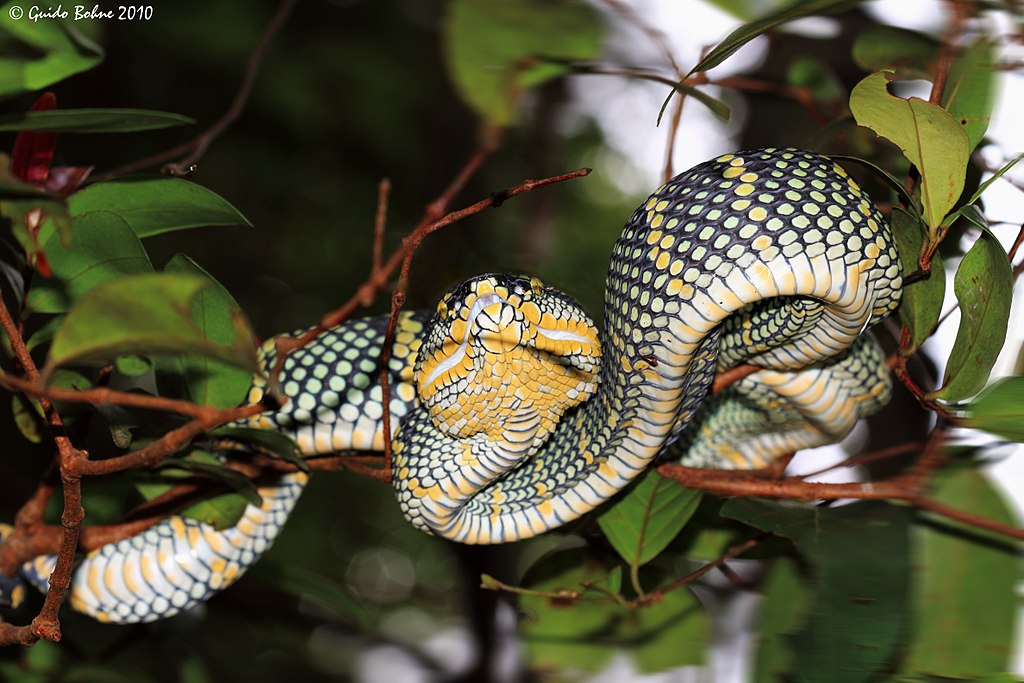
As discomfort escalates toward fear, snakes often adopt specific defensive body positions designed to make them appear more threatening to potential predators. The classic S-shaped striking pose is perhaps the most recognized, but many species display more subtle positioning changes before reaching this obvious defensive stance. Some snakes will coil their bodies more tightly while raising the front third of their length slightly off the ground. Others might flatten their bodies dorso-ventrally (from top to bottom) to appear wider and more intimidating. These postures serve as important visual warnings that the snake feels cornered or threatened enough to consider defensive action. Recognizing these preliminary body positions allows handlers or observers to back away before the situation escalates to striking or other defensive behaviors.
Mucous Discharge as a Stress Response
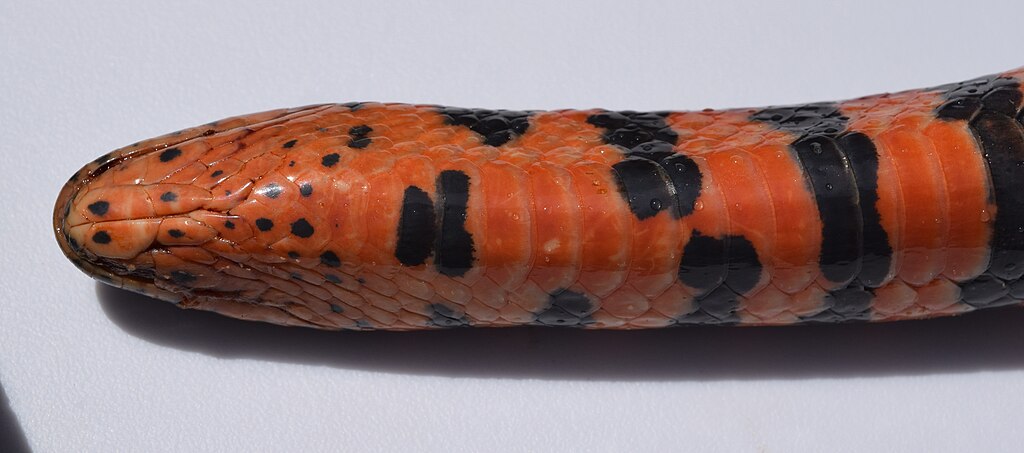
During periods of extreme discomfort or fear, some snake species may produce excessive mucous as a physiological stress response. This can manifest as a thin, clear discharge around the mouth or, in some cases, along portions of the body. Unlike the thick, cloudy discharge that might indicate respiratory infection, stress-induced mucous is typically clearer and appears suddenly in response to a stressful stimulus. This response is particularly common in certain species like garter snakes and water snakes when they feel severely threatened. The production of mucous serves multiple potential purposes, including making the snake more difficult to grasp and possibly creating deterrent odors or tastes that might discourage predators. For snake owners, the sudden appearance of mucous during handling or environmental changes should be taken as a serious indicator of distress requiring immediate attention.
Regurgitation Under Stress
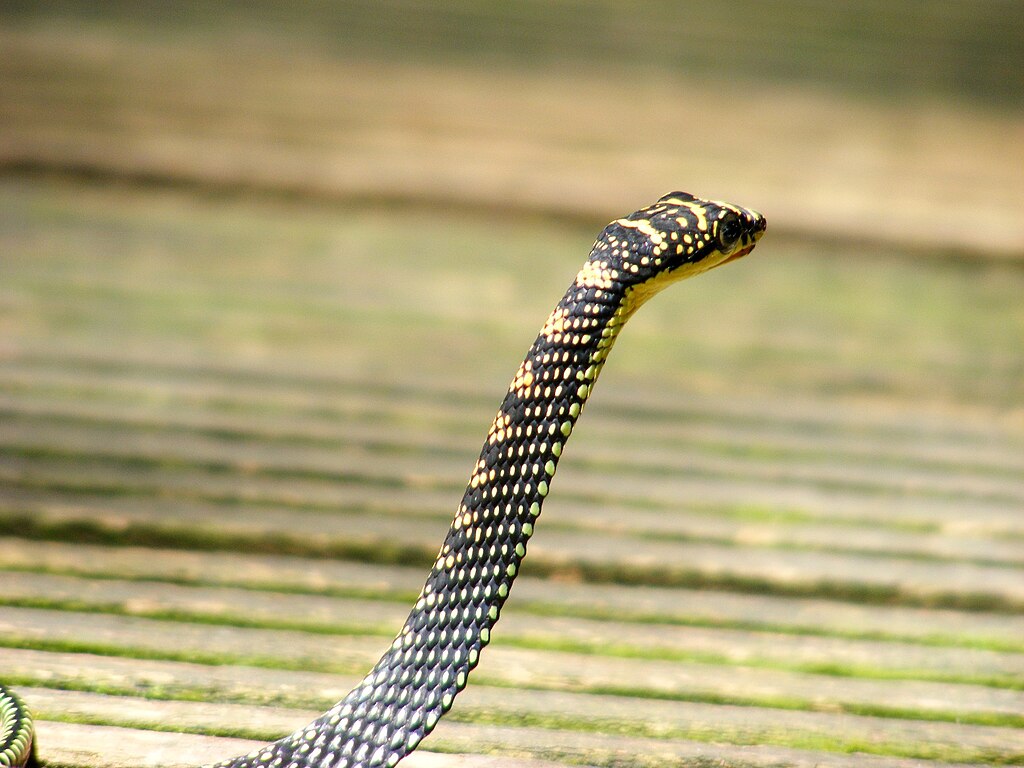
One of the more concerning indicators of severe snake discomfort is stress-induced regurgitation of recently consumed food. When a snake feels extremely threatened, its body may redirect energy from digestive processes to survival responses, sometimes resulting in the expulsion of prey items that haven’t been fully digested. This physiological response occurs because digestion requires significant energy that the snake’s body determines would be better utilized for escape or defense in threatening situations. Handling snakes too soon after feeding (generally within 48-72 hours) is a common trigger for this stress response. Beyond the immediate discomfort this causes, repeated regurgitation can lead to serious health complications including nutritional deficiencies, damage to the esophagus, and increased susceptibility to infections. This response represents an extreme stress signal that indicates immediate intervention is necessary to remove whatever stressor is causing such severe discomfort.
Color Changes and Visual Indicators
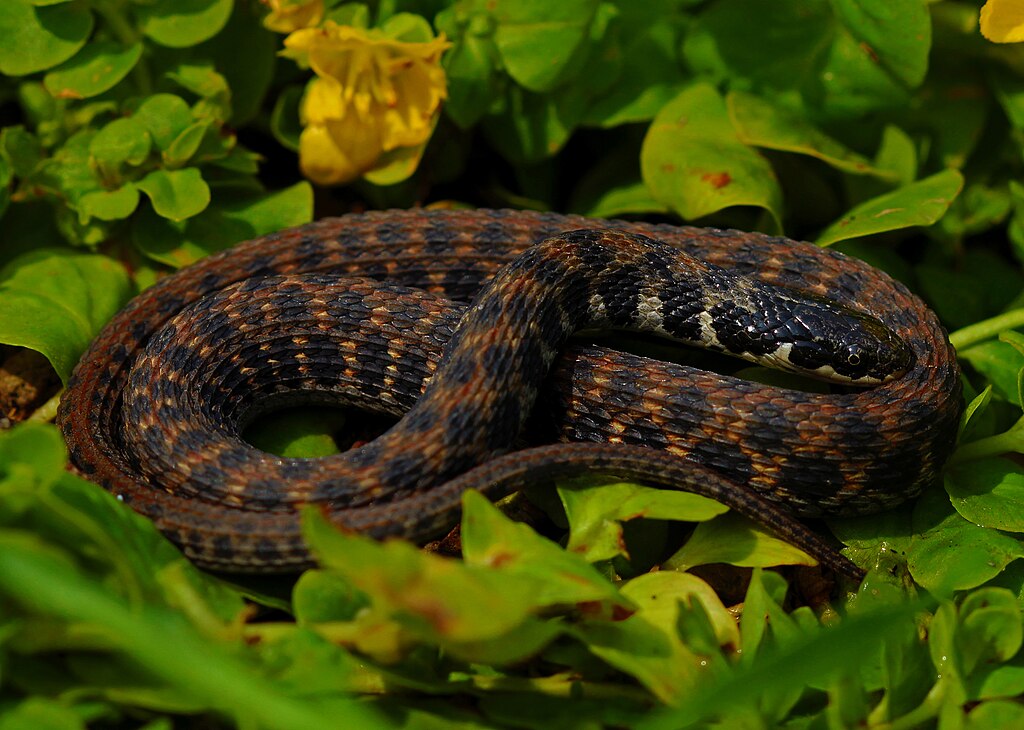
While less dramatic than the color changes seen in some other reptiles like chameleons, subtle alterations in a snake’s appearance can indicate discomfort. Many snakes display slight dulling or darkening of their colors when stressed, particularly noticeable in brightly colored species. This change occurs due to the movement of pigment cells in the skin as part of the stress response. Some species may also exhibit what keepers refer to as “stress blushing”—patches of pink or reddish coloration visible through the scales, particularly on the ventral (belly) side. These color changes result from increased blood flow to muscles as part of the fight-or-flight response. Additionally, the skin around a stressed snake’s eyes may appear more taut or their eyes less bright than usual. These visual cues can be particularly useful for experienced keepers who know their individual snake’s normal appearance and can detect these subtle shifts.
Unusual Movement Patterns
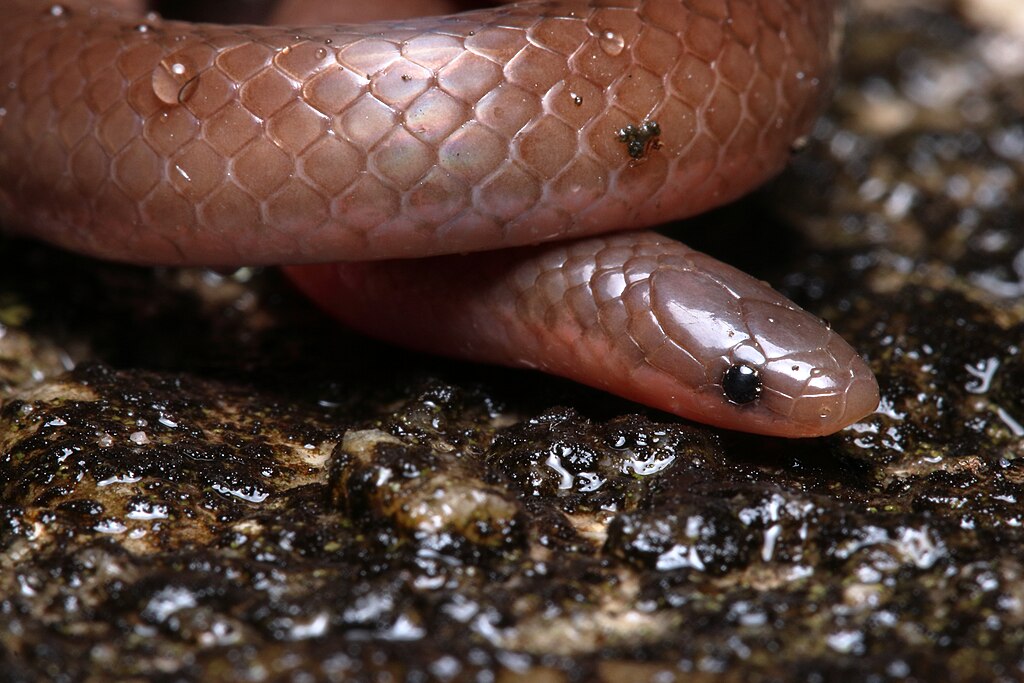
Comfortable snakes typically move with fluid, purposeful motions that conserve energy and serve specific functions like exploration or hunting. When experiencing discomfort, these movement patterns often change in noticeable ways. Erratic, jerky movements that start and stop unpredictably may indicate a snake that’s conflicted between fleeing and freezing in response to perceived danger. Some distressed snakes may engage in repetitive movements like circling their enclosure or repeatedly attempting to climb walls—behaviors that indicate stress and a desire to escape the current environment. Another telling sign is the complete absence of movement when activity would normally be expected, such as a normally curious snake that remains completely still when its enclosure is opened. These movement abnormalities represent the snake’s confusion about how to respond to stressors and should prompt immediate evaluation of environmental conditions.
How to Respond to Snake Discomfort Signals
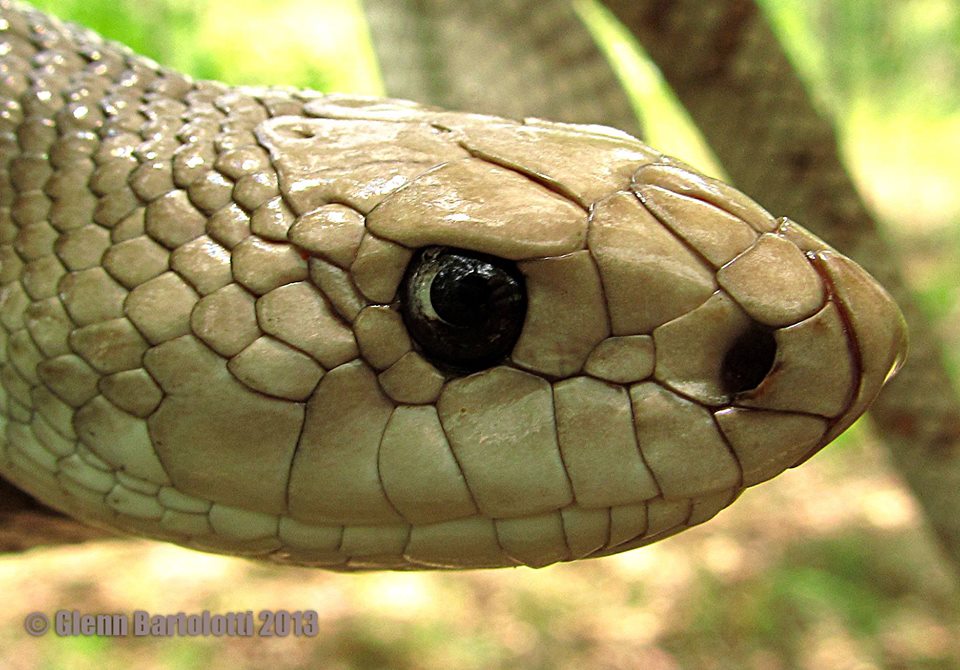
Recognizing signs of snake discomfort is only valuable if followed by appropriate responsive action. The first and most important step when observing any discomfort signals is to reduce or remove the stressor, which often means giving the snake space and minimizing handling until it returns to normal behavior. Environmental adjustments may be necessary if the discomfort stems from temperature issues, excessive light, inadequate hiding spaces, or recent changes to the enclosure. For pet snakes, maintaining a consistent routine with minimal surprises helps reduce stress triggers. If the signals persist despite these interventions, consulting with a reptile veterinarian is advisable as prolonged stress can compromise immune function and lead to health complications. Remember that each snake has an individual temperament—what one snake tolerates another might find deeply distressing, making it essential to learn your specific snake’s behavioral baselines and personal boundaries.
Preventing Snake Discomfort Through Proper Care

The most effective approach to snake comfort is preventative—creating conditions that minimize stress triggers before they occur. This begins with thorough research into the specific needs of your snake’s species, as environmental requirements vary dramatically between desert, tropical, arboreal, and terrestrial species. Proper enclosure size that balances security with adequate movement space forms the foundation of comfort, along with appropriate temperature gradients and humidity levels that mimic natural habitats. Multiple secure hiding places positioned at different temperature zones allow the snake to self-regulate both its exposure and body temperature. Minimizing unnecessary enclosure changes, maintaining a consistent feeding schedule, and limiting handling during vulnerable periods (such as pre-shedding or post-feeding) significantly reduces stress triggers. Perhaps most importantly, approaching interactions with patience and respect for the snake’s natural behaviors creates a relationship based on trust rather than fear, leading to a more comfortable snake that displays fewer distress signals over time.
Understanding the subtle ways snakes communicate discomfort requires attentiveness and a willingness to see the world from their perspective. These ancient creatures experience their environment primarily through touch, smell, and vibration detection—a sensory reality quite different from our own. By learning to recognize the five key signals discussed—rapid tongue flicking, tightened body posture, unusual breathing patterns, retreating behaviors, and changes in head position—we become better caretakers and more respectful observers of these remarkable animals. Whether you’re a snake owner, a wildlife enthusiast, or simply someone who occasionally encounters snakes, this knowledge fosters safer interactions and contributes to the welfare of a frequently misunderstood group of animals that play vital roles in ecosystems worldwide.

